
The National Gallery is an art museum in Trafalgar Square in the City of Westminster, in Central London, England. Founded in 1824, it houses a collection of more than 2,300 paintings dating from the mid-13th century to 1900. The current director of the National Gallery is Gabriele Finaldi.

The Royal Academy of Arts (RA) is an art institution based in Burlington House in Piccadilly in London, England. Founded in 1768, it has a unique position as an independent, privately funded institution led by eminent artists and architects. Its purpose is to promote the creation, enjoyment and appreciation of the fine arts through exhibitions, education and debate.
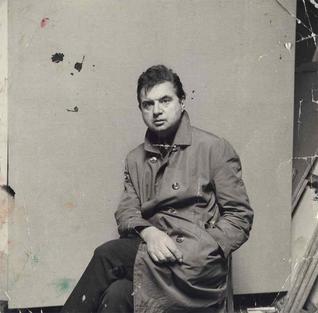
Francis Bacon was an Irish-born British figurative painter known for his raw, unsettling imagery. Focusing on the human form, his subjects included crucifixions, portraits of popes, self-portraits, and portraits of close friends, with abstracted figures sometimes isolated in geometrical structures. Rejecting various classifications of his work, Bacon said he strove to render "the brutality of fact." He built up a reputation as one of the giants of contemporary art with his unique style.
Sir Charles Robert Saumarez Smith is a British cultural historian specialising in the history of art, design and architecture. He was the Secretary and Chief Executive of the Royal Academy of Arts in London from 2007 until he stepped down in 2018. He was replaced by Axel Rϋger, who took up the position in 2019.
Eileen Cooper is a British artist, known primarily as a painter and printmaker.
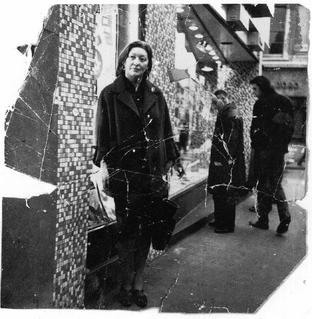
Isabel Rawsthorne, also known at various times as Isabel Delmer and Isabel Lambert, was a British painter, scenery and costume designer, and occasional artists' model. During the Second World War she worked in black propaganda. She was part of an artistic bohemian society that included Jacob Epstein, Alberto Giacometti and Francis Bacon.
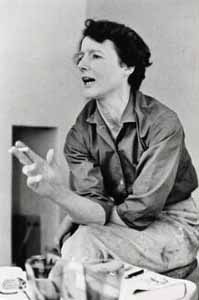
Prunella Clough was a prominent British artist. She is known mostly for her paintings, though she also made prints and created assemblages of collected objects. She was awarded the Jerwood Prize for painting, and received a retrospective exhibition at Tate Britain.
Michael Henry Peppiatt is an English art historian, curator and writer.
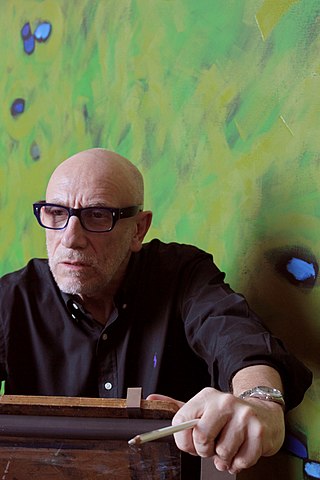
Sir Brian Clarke is a British painter, architectural artist, designer and printmaker, known for his large-scale stained glass and mosaic projects, symbolist paintings, set designs, and collaborations with major figures in Modern and contemporary architecture.
Victor Arthur James Willing was a British painter, noted for his original nude studies. He was a friend and colleague of many notable artists, including Elisabeth Frink, Michael Andrews and Francis Bacon. He was married to Portuguese feminist artist Paula Rego.
Tony Bevan is a British painter, known for his psychologically charged images of people at the edge of respectable society.
Robin Warwick Gibson was a British gallery curator and art historian best known for his work at the National Portrait Gallery in London between 1968 and 2001, including eight years as Chief Curator. He was responsible for many innovations in the management of the gallery and published a number of significant academic works on the gallery's collections during his career.
Sarah Natasha Raphael was an English artist best known for her portraits and draughtsmanship.
Ken Kiff, was an English figurative artist, who was born in Dagenham and trained at Hornsey School of Art 1955-61. He came to prominence in the 1980s thanks to the championship of art critic Norbert Lynton, and a cultural climate intent on re-assessing figurative art following the Royal Academy's ‘New Spirit in Painting’ exhibition in 1981. He started exhibiting at Nicola Jacob's gallery, moved to Fischer Fine Art in 1987, and finally to the Marlborough Gallery in 1990, by which time he had begun exhibiting internationally and had work in major public collections. He was elected to the Royal Academy of Arts in 1991 and became Associate Artist at the National Gallery 1991–93. His 30-year teaching career at Chelsea School of Art and the Royal College influenced a generation of students.

Harold Harvey (1874–1941) was a Newlyn School painter who painted scenes of working-class Cornish fishermen, farmers and miners and Cornish landscapes. He was born in Penzance and trained at the Penzance School of Arts under Norman Garstin and the Académie Julian in Paris (1894–1896).

Margaret Nairne Mellis was a Scottish artist, one of the early members and last survivors of the group of modernist artists that gathered in St Ives, in Cornwall, in the 1940s. She and her first husband, Adrian Stokes, played an important role in the rise of St Ives as a magnet for artists. She later married Francis Davison, also an artist, and became a mentor to the young Damien Hirst.

Richard John Spare is a British artist and Master Printmaker known primarily for his drypoints, etchings and oil paintings. He is based in London.
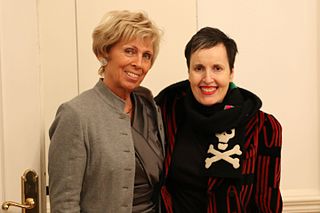
Frances Aviva Blane, is a British abstract painter who works in the Expressionist tradition. Her subject matter is the disintegration of paint and personality. Although her paintings are mainly non-referential, her drawings are often portraits of heads.

Katherine Gili is a British sculptor. After completing her studies at Bath Academy of Art and St Martin's School of Art, Gili taught at a number of art schools; most notably St Martin's and Norwich between 1972 and 1985.
Barbara Dawson is an Irish author, editor, art historian, gallery director, and curator. She is curator of several art exhibitions including the works of notable artists such as Francis Bacon (2009).











